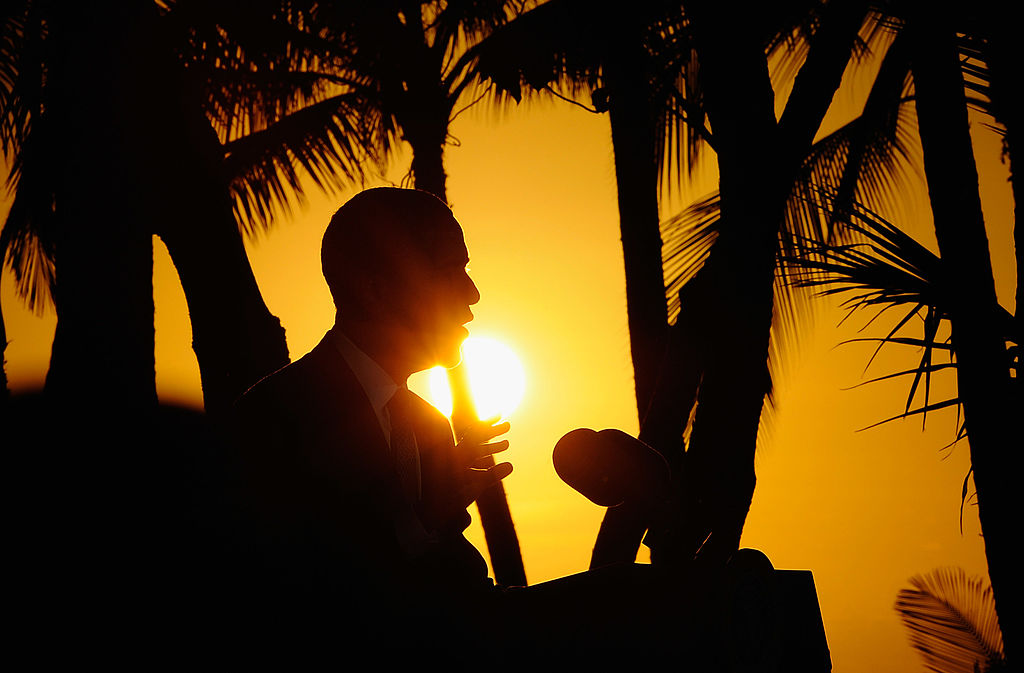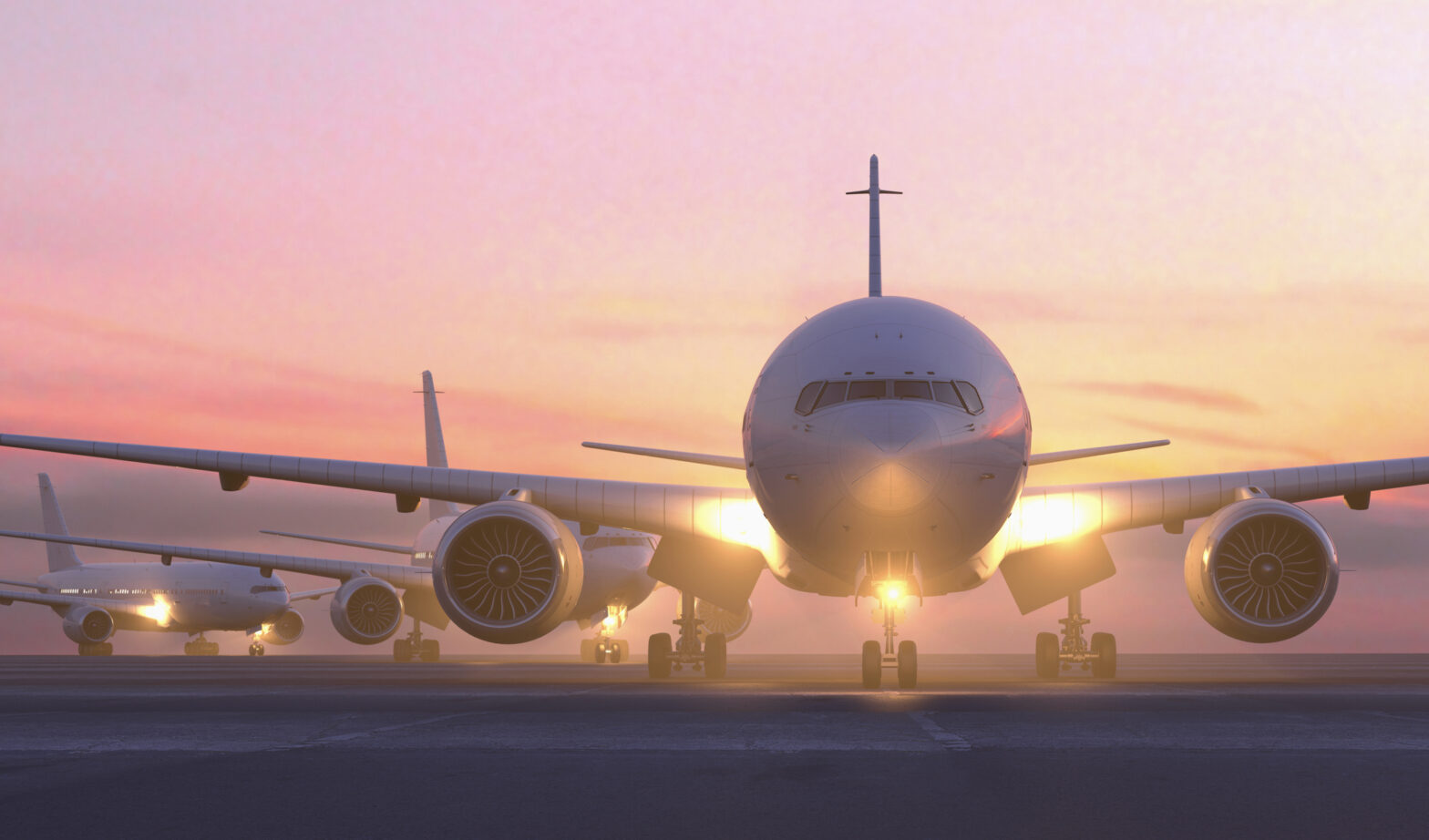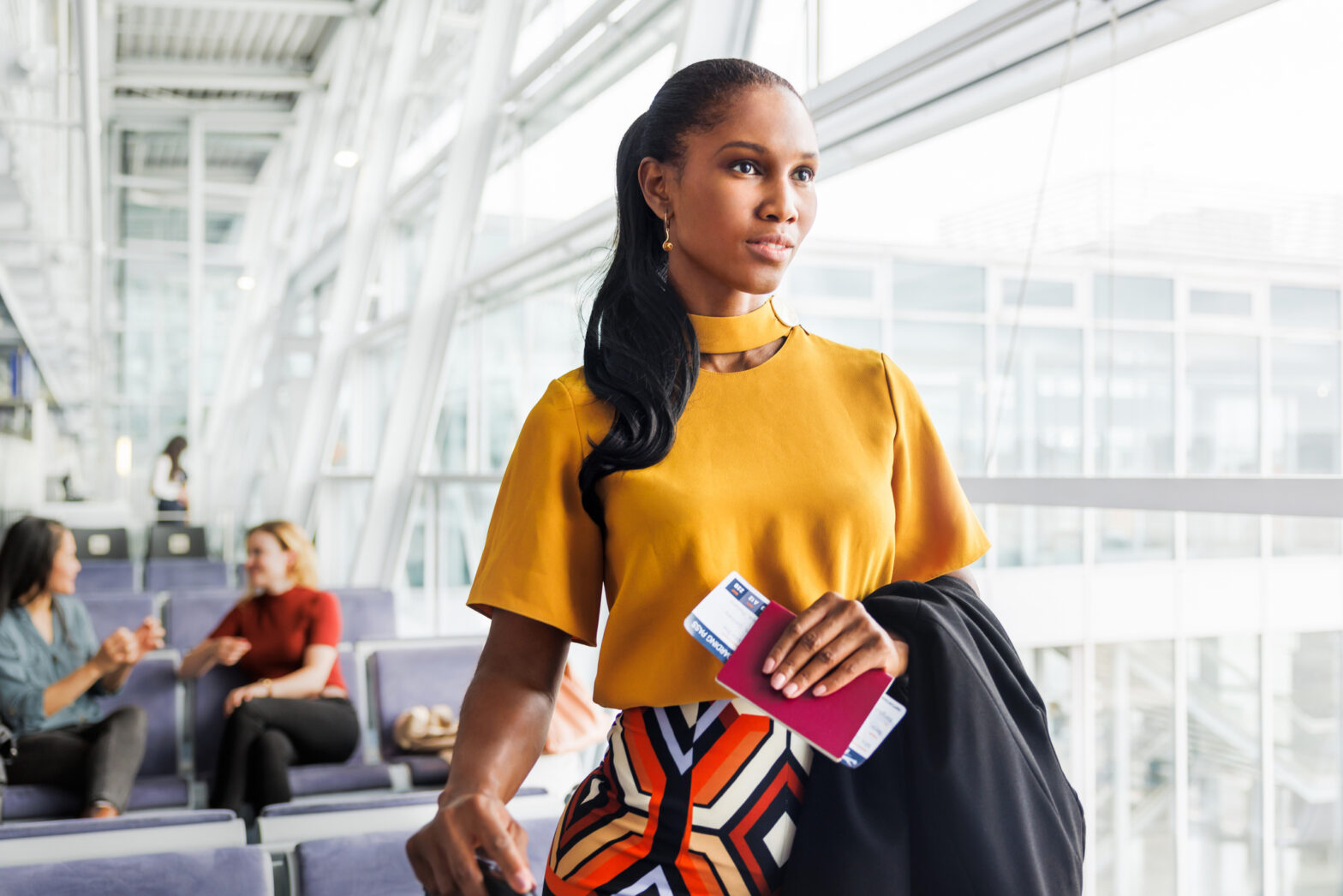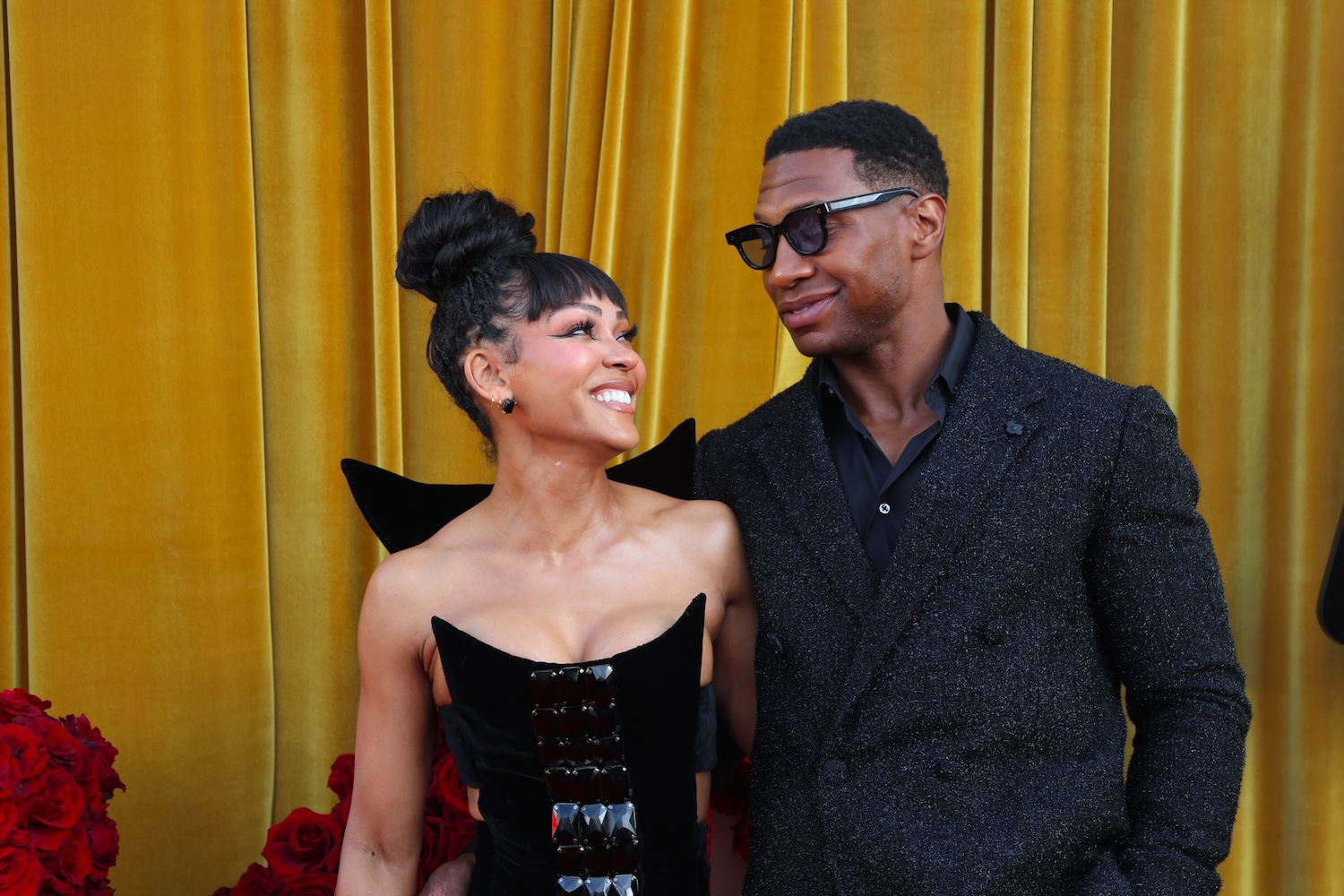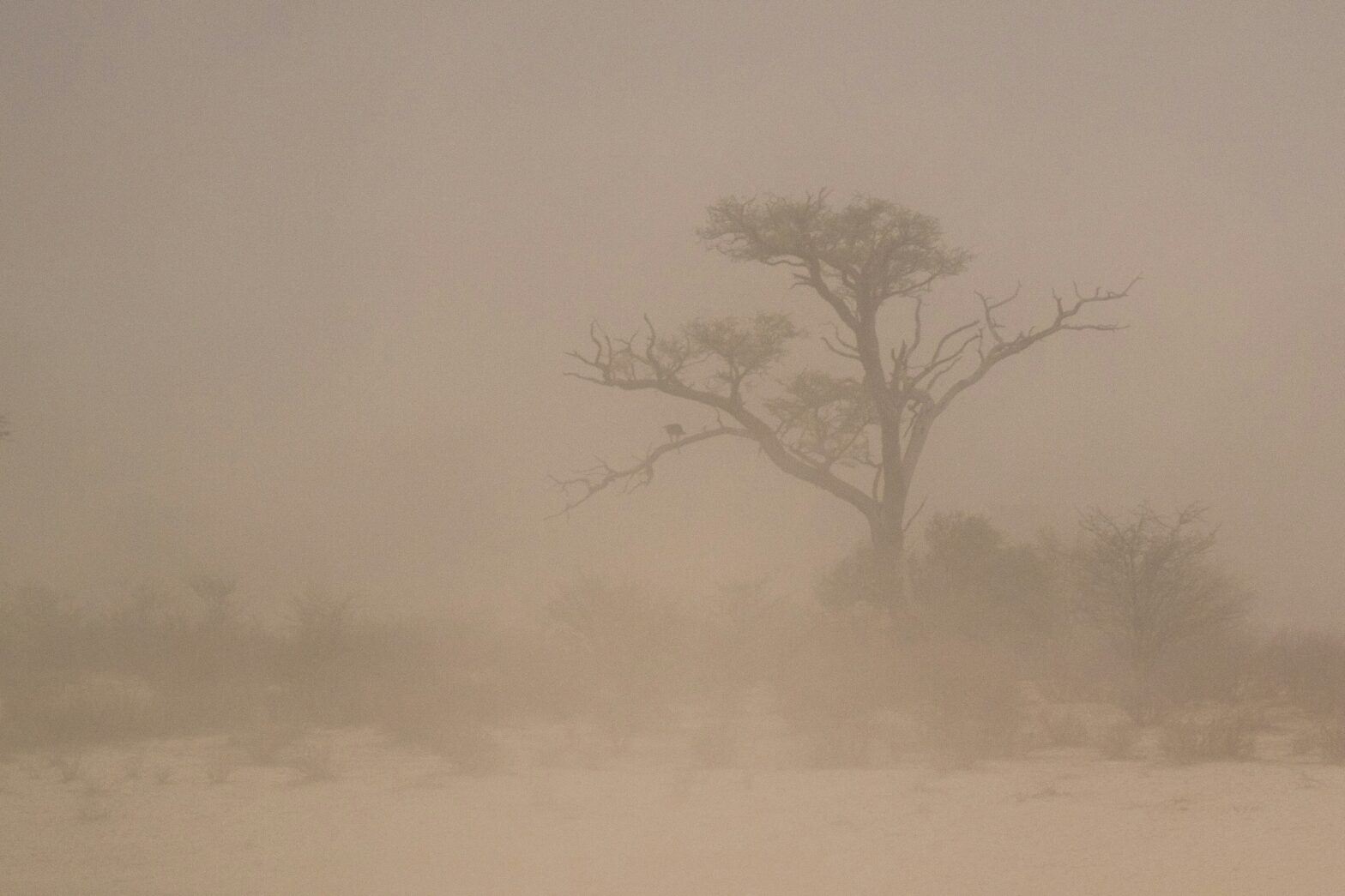Hawaii is constantly featured in travel ads, whether it’s for investing in a timeshare, girls-only trips, solo travel trips or honeymoon vacations. Historians love it for the Polynesian museums. Outdoor adventurers count down the minutes to do paddleboard yoga, parasail, scuba dive, snorke, kayak, ride hydro bikes and swim in the ocean. Foodies can be as gluttonous as they want, with a restaurant menu ranging from barrel-aged bourbon bars and macadamia nut-based ricotta garlic knots to vegan fried lemon herb chick’n and tropical pancakes. Wake up in the morning with Kaua’i coffee or a coconut milk drink, and stroll around a litter-free beach. Hawaii is undoubtedly a great place to vacation, but where are the best places to live in Hawaii permanently?
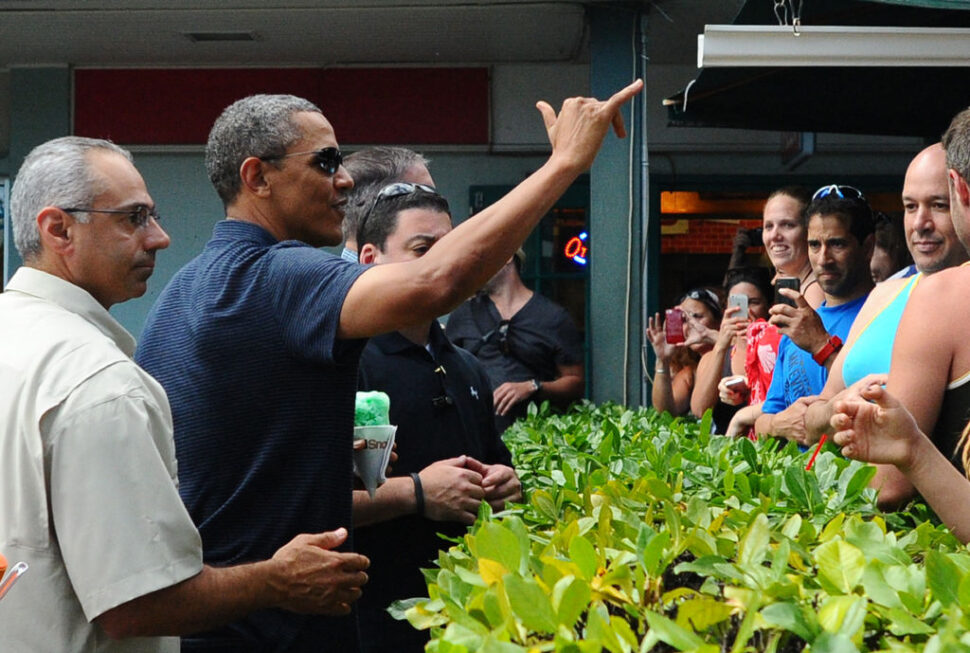
10 Historical Facts About Hawaii
Currently, Hawaii’s largest population is Asian (37.16%) followed by a biracial or multi-racial population (25.52%), white (22.98%), and Native Hawaiian or Pacific Island (10.4%). The 1.98% of Black people who currently live there may make visitors assume Hawaii does not have as strong of a Black history background. However, there are significant moments that happened on the islands involving Black people.
- The earliest recorded Black person in Hawaii was Mr. Keakaeleele, who was living in Waikiki when Kamehameha I defeated Oahu’s then-ruler Kalanikupule to gain control of the island in 1795. The maritime trader and skilled deckhand later helped build a red stone house for Queen Kaahumanu in Lahaina.
- Black people represented nearly 25% of foreign settlers by the early 1800s before an influx of Chinese, Japanese, Portuguese, Filipino and Korean laborers agreed to work on Hawaii’s sugar plantations in the 1850s.
- By 1833, Black people created community organizations, such as the African Relief Society, to assist Black seamen who might fall ill or become injured if/when there were no unions to protect them.
- The Honolulu African American Film Festival, held each year at the Doris Duke Theatre in the Honolulu Museum of Art, is a month-long showcase of films from around the world. It focuses on positive images and avoids stereotypes.
- Anthony D. Allen, known to Hawaiians by the name “Alani,” was born into slavery in New York in 1774. He fled slavery at the age of 24 for a life at sea. After gaining his freedom, he started the first bowling alley in Hawaii, built the first carriage road up Manoa Valley, built a school and ran the first hospital for American seamen in Honolulu.
- Betsey Stockton, who gained her freedom from slavery and joined the American Board of Commissions for Foreign Missionaries, arrived in Hawaii and was assigned to a mission in Lahaina. She quickly learned the Hawaiian language and founded Maui’s first school for the makaʻāinana (common people), which is now the site of the Lahainaluna School.
- Alice Ball was a chemist, who developed the first successful treatment for people suffering from Hansen’s disease (leprosy). Ball was also the first Black and the first woman to graduate with an M.S. degree in chemistry from the College of Hawaii (now known as the University of Hawaii).
- In 1933, Carlotta Stewart Lai became the first Black American principal of Hanamaulu School.
- Helene Hale, an Alpha Kappa Alpha sorority member, served on the County of Hawaii Board of Supervisors from 1955 to 1963. In 2000, at the age of 82, she began a six-year term in the Hawaii House of Representatives.
- Barack Obama, the 44th president of the United States, was born in Honolulu on August 4, 1961. After briefly living in Jakarta with his stepfather and mother, Obama returned to Hawaii when he was 10 years old to live with his maternal grandparents. He attended the Punahou School, an elite private school, where he started to learn cultural distinctions in his upbringing when it came to his white family members versus his Black American and African family and social circle.
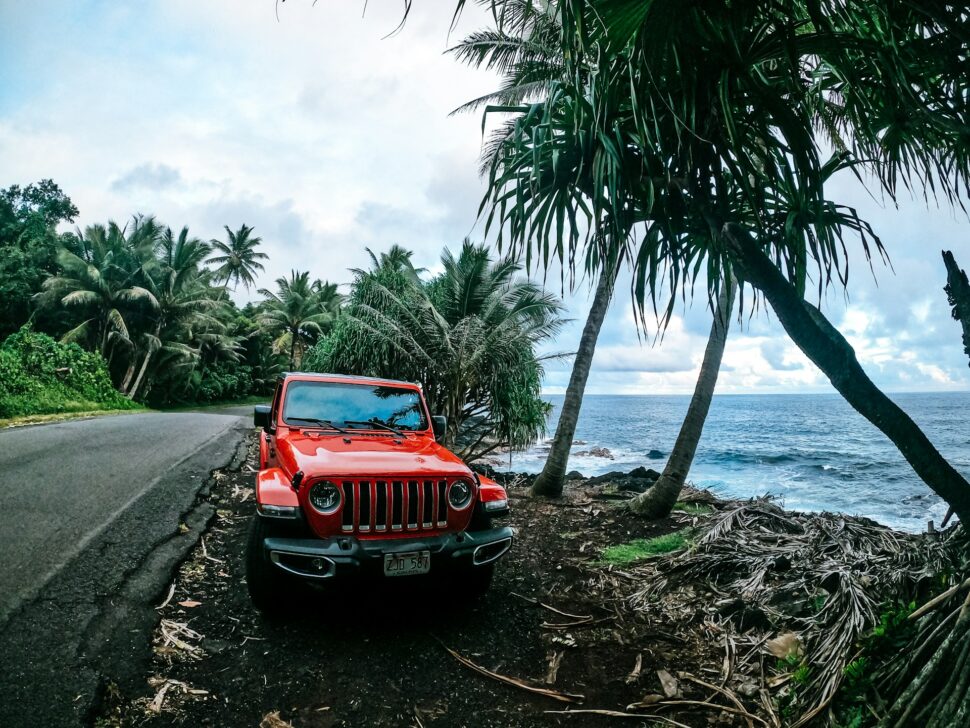
Most Populated Neighborhoods in Hawaii
Oahu is the largest of the eight Hawaiian islands, with a population of 953,207. Honolulu, which is located in Oahu, is the largest city and the largest county in Hawaii, home to an estimated 350,399. The next largest city is Pearl City, which is located in Oahu, and is home to 47,698 people. In the remaining islands, the people are more spread out in small towns and villages. The next largest island is “The Big Island” Hawaii, which has approximately 186,738 people, followed by Maui’s 144,444. Kauai has a population of 66,921. The remaining islands are Molokai with 7,345 people, Lanai with 3,135 people, Ni’ihau with a small population of 170 people and Kahoolawe, which is unpopulated.
Best Job Markets in Hawaii
The top jobs in the biggest city, Honolulu, are computer engineers, nurse practitioners, real estate brokers, judges, construction managers, chief executives, financial managers, engineering managers, criminal investigators and general practitioners. Other top jobs in Hawaii that are under the six-figure-income umbrella include mixing and blending machine setters, operators and tenders. Health care is pretty lucrative here, too, with jobs in optometry, pharmacy and as physician assistants. Although mental health jobs and programs have significantly increased its visibility worldwide in recent years, this industry is not as popular in Hawaii as other health care types. Those who do excel in the latter industry (mental health and substance abuse workers) can make an average salary of a little under $63,000. (For over 75 years, Mental Health America of Hawaii has been Hawaii’s leading mental health education and advocacy organization.)
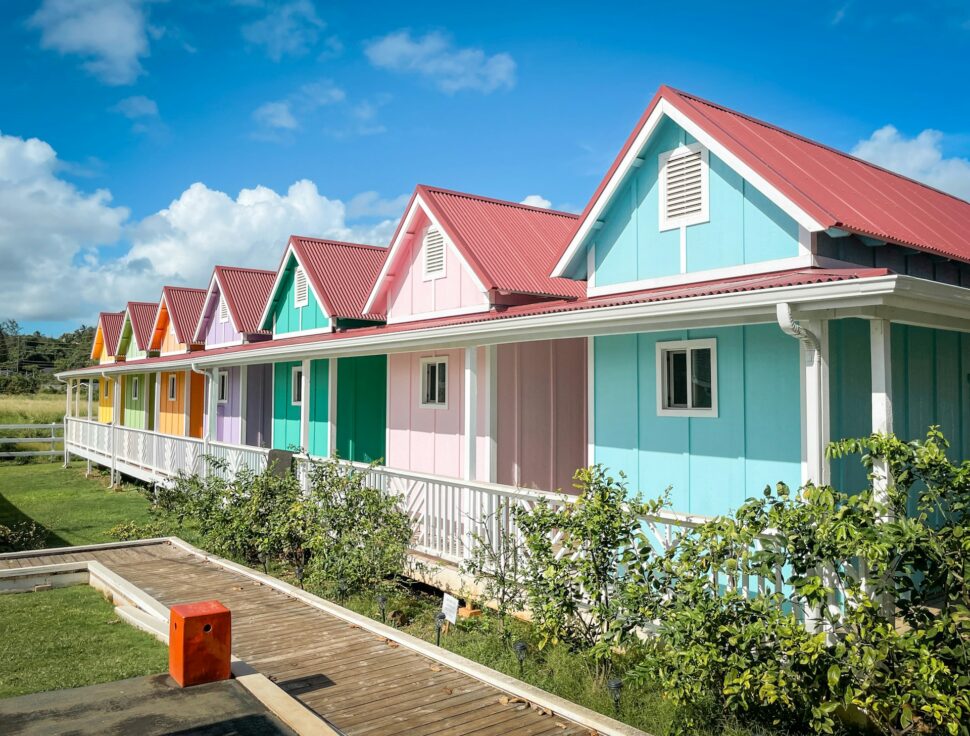
Cost of Living in Hawaii
Before moving to Hawaii, a financial plan should be established. In the U.S., Hawaii is the most expensive location to reside in. Hawaii is noticeably pricey, including three times the national average for housing. A typical single-family home in Hawaii averages $730,511. Because of this, only 29% of residents can afford to buy a home in the state. The median cost of a two-bedroom apartment in Hawaii is $2,399. In Honolulu, a two-bedroom skyrockets to $3,500 a month. Groceries also cost 50% more than the national average because most goods have to be shipped to the island. Hawaii has seen some startling financial changes since 2018. The number of people living in poverty in Hawaii grew from 9% in 2018 to 15% in 2022.The Big Island had the most poverty (17%) while Kauai had the least (14%). Native Hawaiians are the largest group (27%) who are dealing with high poverty rates.
Lifestyles in Hawaii
Because of the high price of living in Hawaii, a work-life balance can be a bit of a task. Hawaiian residents may find themselves working multiple jobs to make ends meet, the exact opposite of Hawaii’s reputation of being laid-back and relaxing. This is especially true for those who are uninterested in working in the tourism and hospitality industry. While jobs in health care, finance and technology pay far more, there are fewer job opportunities on some of the islands. This is called Asset Limited Income Constrained Employed (ALICE), which means you’re making more than the federal poverty limit but not enough to easily afford the household budget. In Hawaii, that’s any salary under $75,000, far more than what would be needed to live in a state like Missouri or Pennsylvania. Hawaii is not a place to impulsively move to just because you don’t like the election results or you want to hang out on the beach. Financially, it takes monetary discipline to live comfortably.
Crime Rates While Living in Hawaii
Because of the increasing demands for affordable housing, it’s imperative that a new homeowner has quality security. A home is 300% more likely to be robbed with no home security system in Hawaii. The property crime grade is why Hawaii got a D grade, along with a C- in violent crime. The neighborhood is also significant to this grading scale. Homeowners in Hawaii generally consider the northern part of the islands to be the safest (one in 56 people will experience crime) and categorized as one of the best places to live in Hawaii. However, the crime odds in southeastern neighborhoods are one in seven. High-traffic areas such as retail stores, airports, parks and school areas may appear to have higher crime rates, but it’s really that there are far more people around. Theft and vandalism are almost four times more likely than violent crimes in Hawaii.
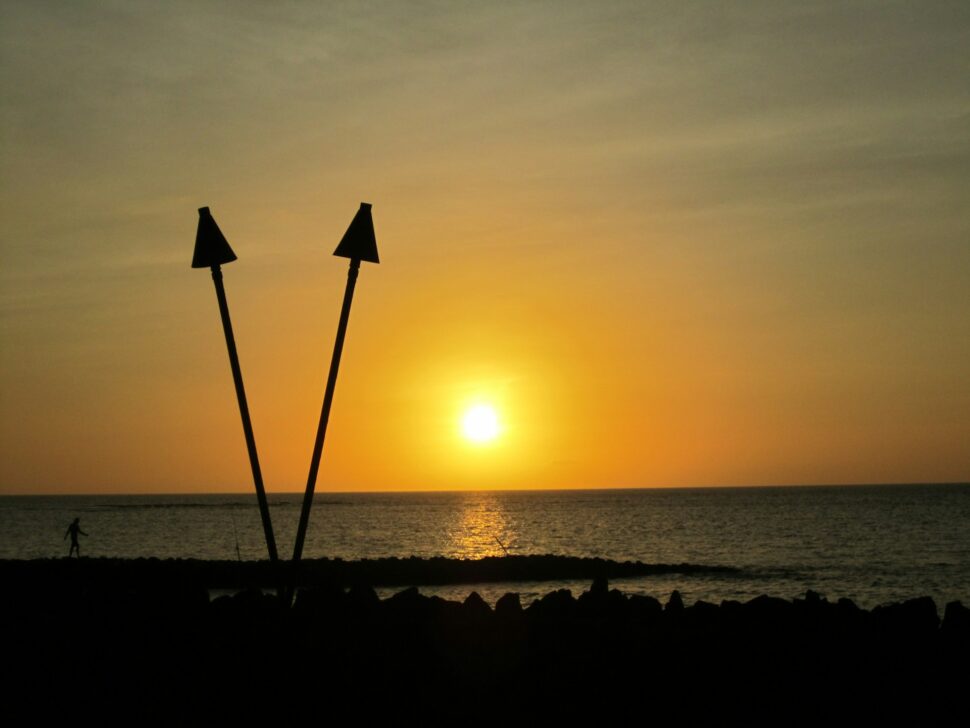
Three Places Where Nomads Cannot Live In Hawaii
Even before news hit about the tragic fires in Hawaii, there were two of the eight islands that nomads could not travel to. Niʻihau and Kahoʻolawe are two Hawaiian islands that are off limits. The former is nicknamed the “Forbidden Island” because it’s privately owned. Originally purchased in 1863, King Kamehameha IV sold the smallest island for $10,000 to Elizabeth Sinclair of Scotland. Her descendants, the Kamaaina (meaning “Old-Timer”) Robinson family, have lived on this land ever since. Tourism is prohibited, and the population is intended for native Hawaiians only (in origin and language).
Kahoʻolawe, aka “Target Isle,” is an uninhabited island that was formerly used as a military training ground. Only authorized personnel are allowed to visit for cultural or environmental reasons. Because of unexploded ordinance (UXO) hazards, rough terrains and harsh environmental elements, this island is still prohibited without specific permission.
Lahaina is still rebuilding after August 8, 2023, when wildfires destroyed parts of Maui and resulting in the deadliest wildfire in the U.S. in 100 years. Before the wildfires, approximately 8,000 people were arriving on the island of Maui each day. That number dwindled down to around 2,000. However, tenants are eager to return to their hometown even if the completion date for rebuilding Lahaina is guesstimated to be 2029.
Frequently Asked Questions
What is the most popular island to live on?
Honolulu is the largest city and the largest county in Hawaii, with more than 1 million residents. Majority of them (about 350K) live in Oahu.
Is Maui a good place to live?
Honolulu has more of a night club and “big city” vibe than Maui, the latter of which is ideal for “small town” energy. The latter island is ideal for people who love the outdoors, eco-friendly living and a quieter atmosphere.
Can I live in Hawaii on $2,000 a month?
No, you will need to have multiple jobs to afford housing and living needs with this salary. An annual salary under $75,000 would fall into the Asset Limited Income Constrained Employed (ALICE), which means you’re making more than the federal poverty limit but not enough to easily afford a home in Hawaii.
